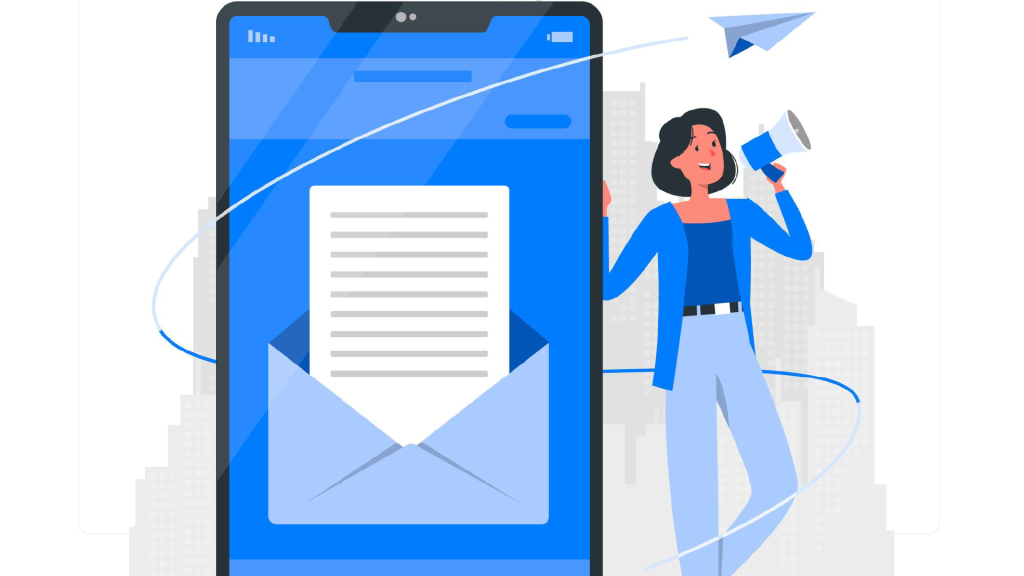
Driving Engagement with SMS: Best Practices and Proven Strategies

In today’s rapidly evolving digital landscape, businesses are constantly seeking innovative ways to connect with their audience and drive engagement. Among the marketing channels available, SMS marketing stands out as a powerful tool for direct communication and engagement. In this comprehensive guide, we’ll discuss SMS marketing strategies, uncovering how businesses can leverage this effective communication channel to unlock success and drive tangible results.
Table of Contents
Understanding SMS Marketing
SMS marketing, also known as text message marketing, involves sending promotional or informational messages to a targeted audience via SMS (Short Message Service). It offers a direct and immediate way to reach customers, with high open and response rates compared to other marketing channels. SMS marketing is particularly effective for time-sensitive promotions, event reminders, and personalized offers.
Crafting Engaging SMS Content
The key to successful SMS marketing lies in crafting engaging and impactful messages that resonate with your audience. Here are some tips for crafting compelling SMS content:
- Keep it concise: With limited character space, focus on conveying your message succinctly and clearly.
- Personalize your messages: Address recipients by name and tailor messages to their preferences or past interactions.
- Include a clear call-to-action (CTA): Encourage recipients to take action, whether it’s making a purchase, visiting a website, or redeeming an offer.
- Use attention-grabbing language: Grab the recipient’s attention with compelling language and persuasive messaging.
Maximizing Campaign Success
To maximize the success of your SMS marketing campaigns, it’s essential to implement best practices and strategies that resonate with your audience. Here are some strategies to consider:
- Segment your audience: Divide your audience into segments based on demographics, interests, or purchase history to send targeted messages.
- Time your messages strategically: Send messages at times when recipients are most likely to engage, such as during peak shopping hours or before an event.
- Test and optimize: Continuously test different messaging strategies, CTAs, and timing to identify what resonates best with your audience and optimize your campaigns accordingly.
Measuring Performance and ROI
Measuring the performance and ROI of your SMS marketing campaigns is crucial for evaluating their effectiveness and refining your approach. Here are some key metrics to track:
- Delivery rate: Measure the percentage of messages successfully delivered to recipients’ mobile devices.
- Open rate: Track the percentage of recipients who open your messages.
- Click-through rate (CTR): Monitor the percentage of recipients who click on links or CTAs within your messages.
- Conversion rate: Calculate the percentage of recipients who complete a desired action, such as making a purchase or signing up for a promotion.
Conclusion
SMS marketing presents an unparalleled opportunity for businesses to engage with their audience in a direct and impactful way. By understanding the nuances of SMS marketing strategies and implementing best practices, businesses can unlock the full potential of this powerful communication channel to drive engagement, foster customer loyalty, and achieve measurable results.
Call-to-Action (CTA)
Ready to supercharge your marketing efforts with SMS? Contact Peshy Air Ticketing and General Supplies today to learn how our SMS marketing solutions can help you achieve your business goals.

